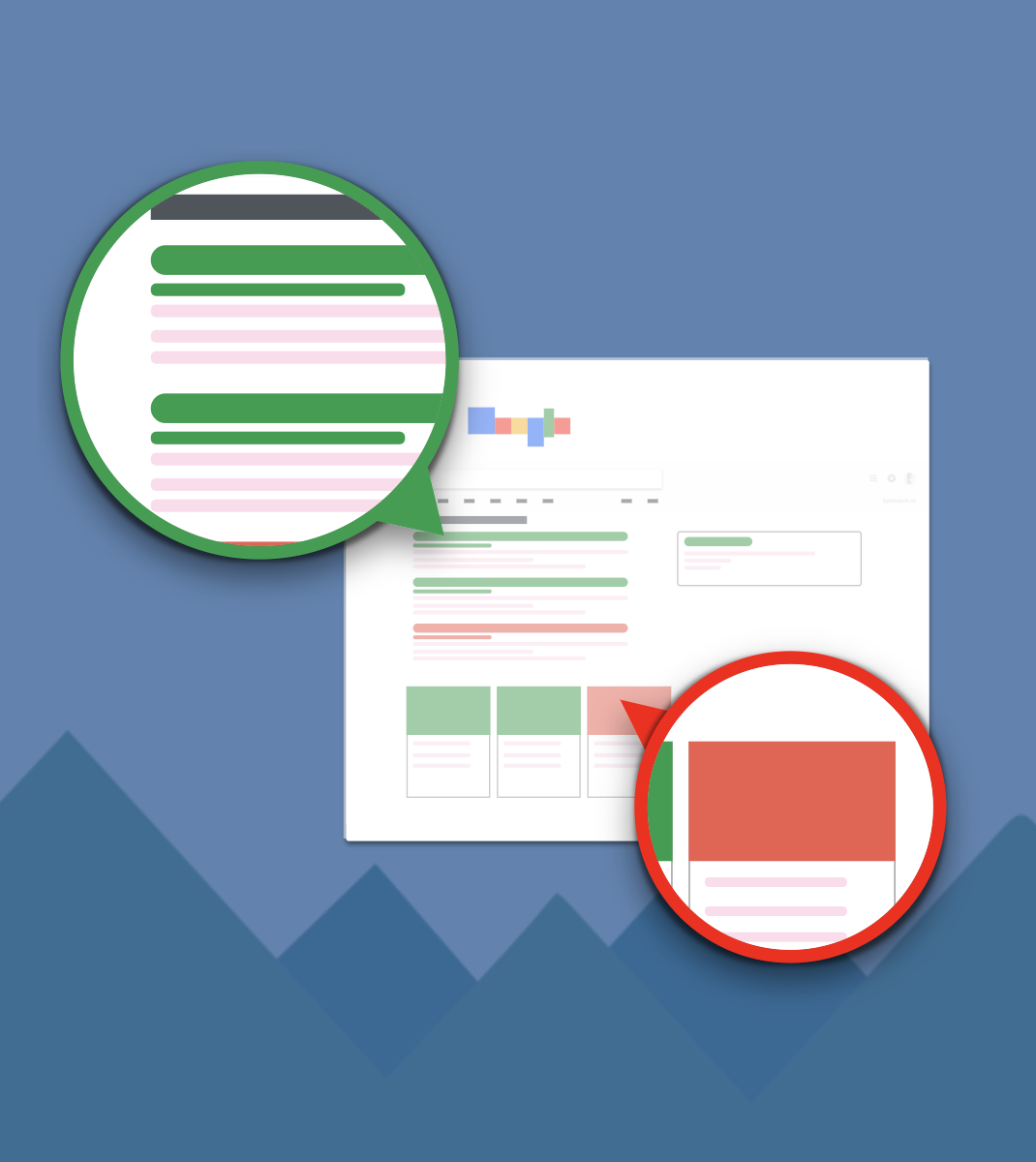

It’s a common error, as the site publisher is afraid that the alternate version will appear in results.

The first prevents bots from reading the content of targeted pages, whereas the latter prevents them from adding the pages to Google’s index.

This use case is the most prone to error and can have a dramatic impact on your search engine ranking, namely your original page being removed from the Google index, and replaced by your variant page. Using this method is justified if you have a lot of changes to make on your page for example, when you want to test a different design or another landing page concept. Instead of using a WYSIWYG (What You See Is What You Get) editor to design your variation, you redirect users to a completely separate page, often hosted on your site, that has its own URL. Best practices for A/B tests with URL redirectsĪ/B testing using URL redirects, also known as split testing, is one of these methods. Losing ranking may result or, worst case scenario, your site may be completely removed.ĭepending on your objectives, the A/B testing setup may differ and each way of doing things can have an impact on SEO. Second, Google may consider the two versions to be different and to interpret that action as a manipulation attempt. For one, it will be more difficult to identify which element(s) had a greater impact on the conversion rate. It is also recommended that you do not display pages that are too different from one another to your users. Even if your A/B testing solution offers some advanced user-targeting capabilities, like user-agent detection, do not use them to exclude Googlebot. So, one of the first best practices for SEO is to not exclude Google’s bot from your A/B tests. The main rule concerns opening your test to the search engine’s robots, who must navigate on the same version of your pages as your visitors. On its blog, Google shares rules to be respected so that its algorithms do not penalize your site. Google also offers its own client-side A/B testing tool (Google Optimize) that uses JavaScript to manipulate the DOM (Document Object Model) to create page variations. Google completely accepts A/B testing and even encourages it if it’s geared towards improving user experience.

To start, let’s review some general recommendations from Google. This post is a good opportunity to review A/B testing best practices for SEO and help you do what’s best when it comes to optimizing conversions, without jeopardizing your rankings and web traffic. If SEO is not taken into account, an A/B testing campaign can impact the visibility of the site, notably for tests based on URL redirects. As A/B testing experts, we are often asked about the impact of A/B testing on our clients’ organic search rankings.


 0 kommentar(er)
0 kommentar(er)
